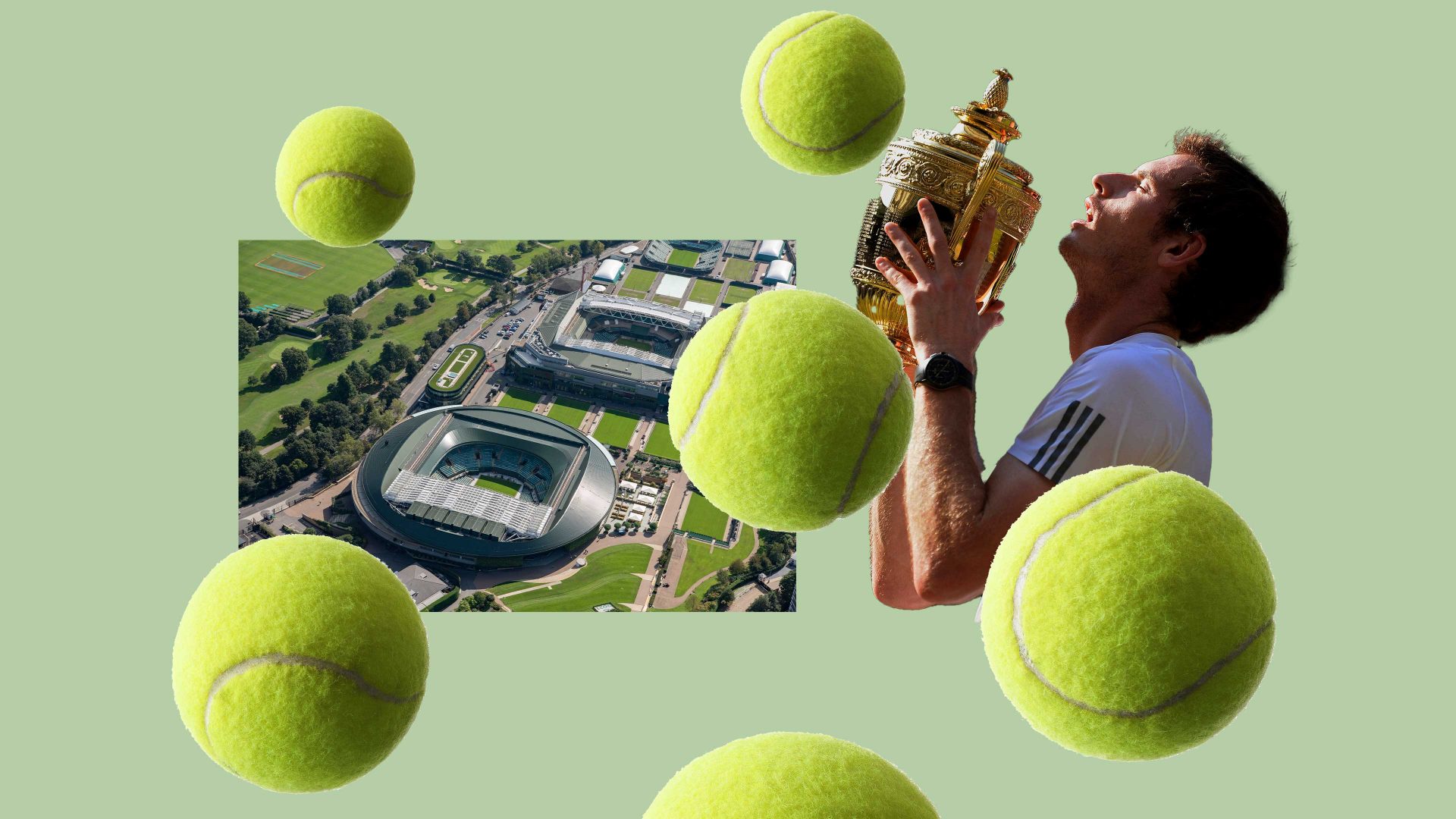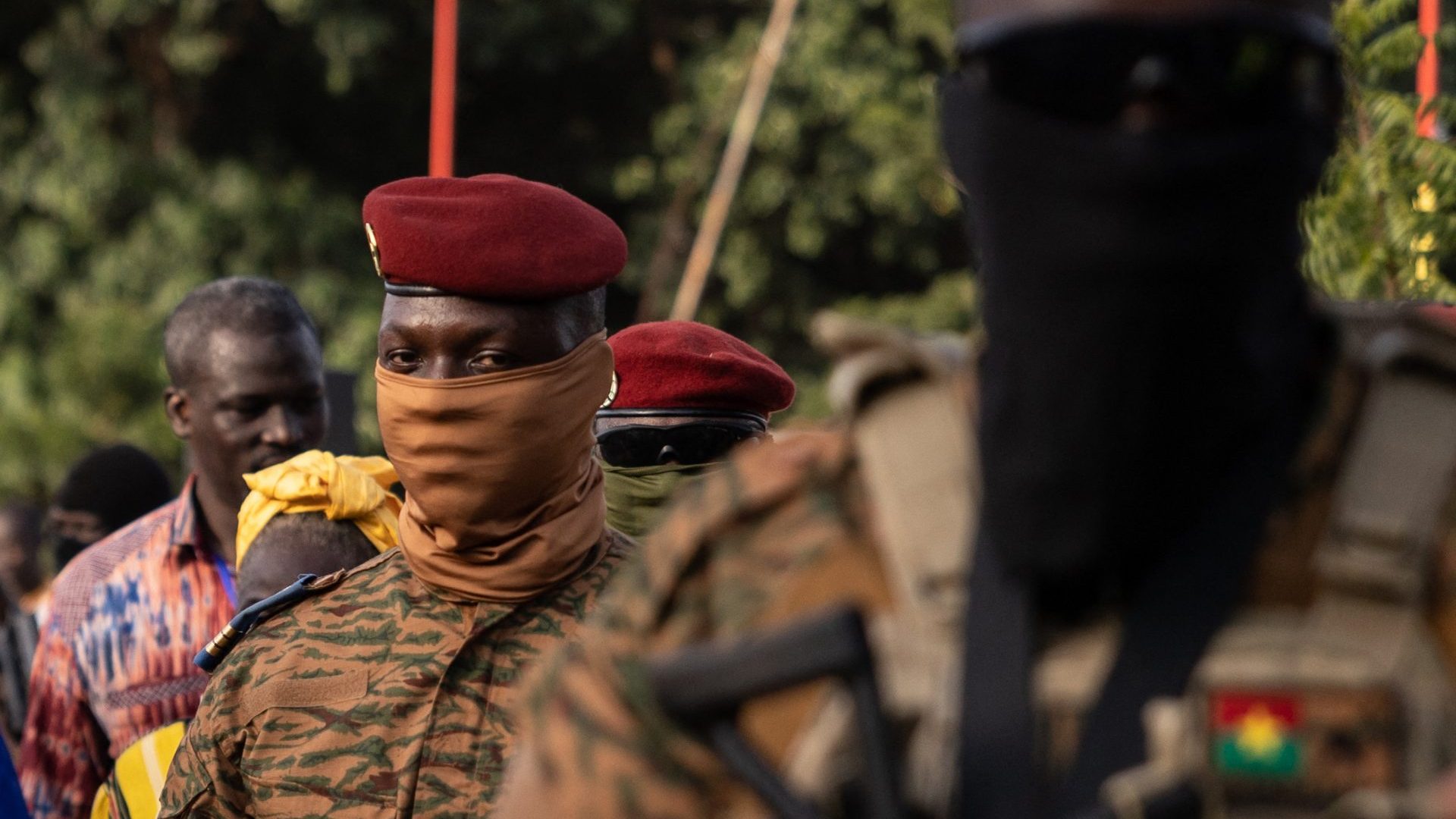1. The Wimbledon Championships, organised by the All England Lawn Tennis & Croquet Club, are the third of four major tennis tournaments a player needs to win to achieve a Grand Slam. Kicking off each year on the last Monday in June or the first in July, they come after the Australian and French Opens but before the US Open.
2. “Open”, incidentally, means open to both professional and amateur players. This was not always true: professionals were banned from Wimbledon until 1968.
3. The tournament is only slightly younger than the sport we call tennis. What was founded in 1868 as the All England Croquet Club added the game of lawn tennis to its activities in 1876, and the words “Lawn Tennis” to its name the following spring. The first Wimbledon Championships, which consisted entirely of the gentlemen’s singles, began on July 9, 1877, and were meant to take five days. (They lasted 11 because of rain). Twenty-two men paid a guinea to enter, and around 200 spectators paid a shilling each to watch the final: the winner, Spencer Gore, took home a prize of 12 guineas plus a silver trophy.
4. Lawn tennis is so-called to distinguish it from its parent sport, variously known as real tennis, royal tennis or courte paume: an indoor version played on hard courts, which was popular with medieval royalty and played a starring role in both Shakespeare’s Henry V and the French revolution (the third estate used a disused court for meetings). The outdoor version was devised in the late 1860s, by a Welsh army officer called – you’ll just have to trust me that this is a real name – Major Walter Clopton Wingfield, who wanted to find an alternative use for under-used croquet lawns.
5. One mark of Wimbledon’s commitment to the “lawn” bit of lawn tennis is that it’s the only tennis major still played on grass courts. Another is that, in 1882, it dropped the word “croquet” from its name. (It restored it, albeit demoted to second place, in 1899, for sentimental reasons).
6. The competition expanded in 1884, to include both a women’s championship and to take in the national men’s doubles, previously held in Oxford. Early stars included Maud Watson (who beat her sister Lilian to become the first female champion in 1884); the Doherty brothers, Reggie and Laurie, who between them won nine singles and eight doubles titles around the turn of the century; American May Sutton (1905) and Australian Norman Brookes (1907), the first foreign champions of each gender; and Tony Wilding, a New Zealander who won four titles before being killed on the Western Front in 1915.
7. There was also France’s Suzanne Lenglen, who three times from 1919 managed a clean sweep of the singles, doubles and mixed doubles – but, thanks to a scheduling mixup at the 1925 tournament, managed to keep Queen Mary waiting; behaviour considered so shocking that she never played at Wimbledon again. This is probably not related to the fact that the Queen’s second son, the future George VI, became the only member of the royal family ever to play at Wimbledon, in the gentlemen’s doubles, the following year. But it is a cute coincidence. Even if the pair went out in the first round.
8. The next decade brought both the first television broadcast (1937) and, in Fred Perry’s trio of wins (1934-36), the last British male champion in nearly eight decades. The next would be Andy Murray in 2013.
9. The 15,000-capacity Centre Court is so named for its physical position in the original club on Worple Road. The name has been inaccurate ever since the club moved to its current site in 1922. The original is now a playing field at Wimbledon High School.
10. The second most important court (capacity 12,300) is named – let’s just enjoy this absurdity – No 1 Court. Like Centre Court, it’s reserved for the annual championships; the 17 lower courts are used all year round.
11. The grassy area on which British fans traditionally gather to watch home players on the big screen was once known as Rusedski Ridge (after Greg) and more recently Henman Hill (after Tim); “Murray Mound” or “Murrayfield” have failed to catch on, possibly because of ingrained anti-Scottish prejudice. It’s officially the Aorangi Terrace.
12. In 1940, the competitors’ stand of Centre Court was hit by a German bomb, meaning that at the next tournament, in 1946, there were 1,200 fewer seats than before the war. Other incidents included a lightning strike on Centre Court in 1985, and an attempt by a Suffragette to burn the entire club down in 1913. The latter feels particularly ironic because, with its traditional green and purple colours and its insistence that players wear all-white, the tournament and the campaign for women’s suffrage share a colour scheme.
13. Wimbledon is the only major to retain a night-time curfew – matches stop at 11pm, regardless of state of play, thanks, hilariously, to local planning rules. Residential area, you see.
14. Womble activity has not interrupted play in living memory.
11 hr 5 minutes: Longest tennis match on record, held on Court 18 in 2010. John Isner finally beat Nicolas Mahut 70-68 in the fifth set
1877: Date of first Wimbledon Championships
1977: Last British female winner (Virginia Wade)
2016: Last British male winner (Andy Murray)
2008: Last year rain could stop play on Centre Court. Since 2009, it has had a retractable roof
100%: Proportion of the grass made up of ryegrass since 2001. Prior to that, it was a 70/30 ryegrass/creeping red fescue mix




